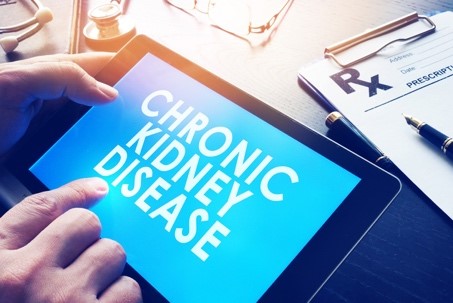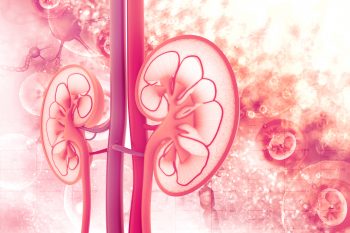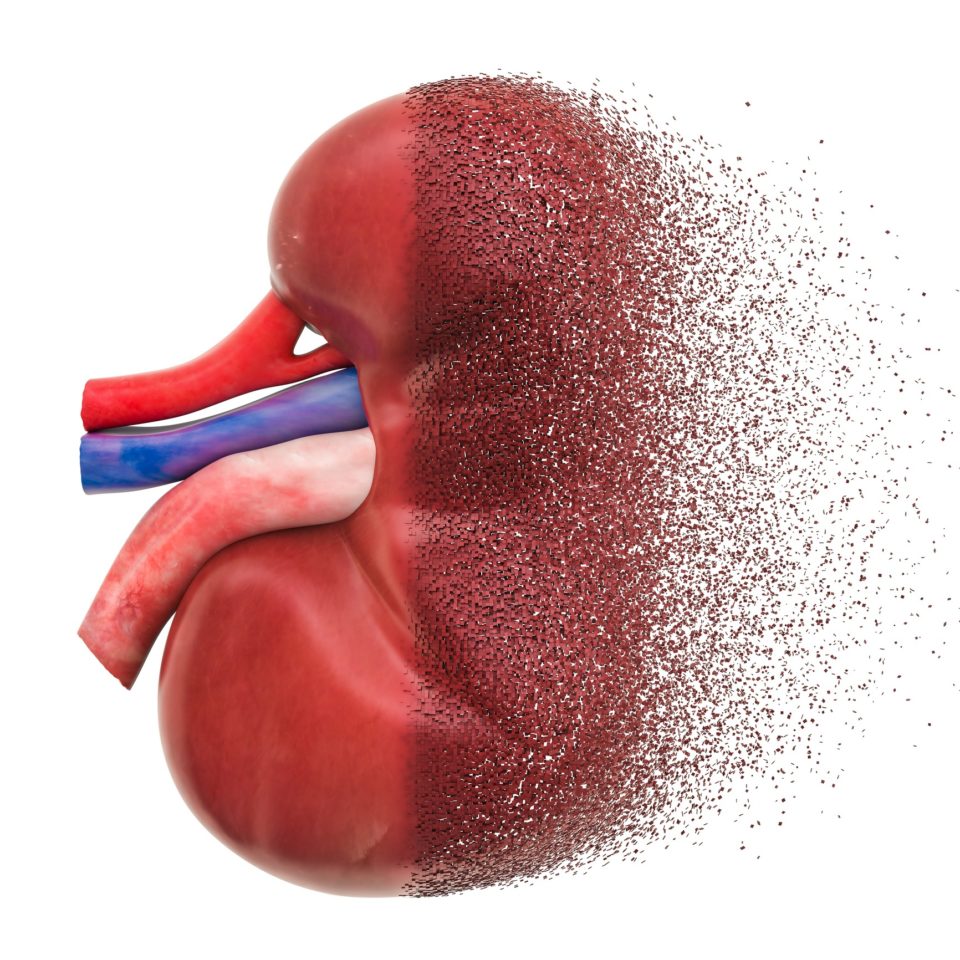
The oral hypoxia-inducible factor prolyl hydroxylase (HIF-PHI), roxadustat, is in last-stage development for the treatment of anemia in patients with chronic kidney disease (CKD). During a poster session at Kidney Week 2019, Ciro Esposito, MD, PhD, MFAS, of the University of Pavia, Pavia, Italy, and colleagues reported results of two phase 3 European studies of roxadustat: the ALPS study enrolled patients with non-dialysis-dependent CKD and anemia and the PYRENEES study enrolled patients with dialysis-dependent CKD and anemia. Results of the two studies were reported during a poster session at Kidney Week 2019 in a poster titled Two Phase 3, Multicenter, Randomized Studies of Intermittent Oral Roxadustat in Anemic CKD Patients on (PYREENES) and Not on (APLS) Dialysis.
In the double-blind ALPS study, patients with non-dialysis-dependent CKD with hemoglobin (Hb) ≤10 g/dL not treated with erythropoiesis-stimulating agents (ESAs) were randomized 2:1 to oral roxadustat or placebo for 52 to 104 weeks. In the open-label PYRENEES study, stable patients on hemodialysis or peritoneal dialysis with Hb 9.5 to 12 g/dL treated with ESAs were randomized 1:1 to oral roxadustat or ESAs for 52 to 104 weeks.
The primary end points were change of average Hb levels from baseline at weeks 28 to 52. Secondary end points were change of average low-density lipoprotein cholesterol from baseline at weeks 12 to 28, time to use of rescue therapy including transfusion, ESA, or intravenous (IV) iron (ALPS study), and mean monthly iron use through week 36 (PYRENEES study). The occurrence of adverse events was also examined.
The ALPS study included 594 non-dialysis-dependent patients; of those, 391 were randomized to roxadustat and 203 were randomized to placebo. The mean change in average Hb levels at weeks 28 to 52 from baseline was 1.988 in the roxadustat group versus 0.406 n the placebo group (P<.001). The least squares (LS) mean difference in LDL in the roxadustat group was –0.701 (95% confidence interval [CI], –0.83 to –0.57; P<.001) versus placebo. Roxadustat was superior to placebo in time to use of rescue therapy (hazard ratio, 0.238; 95% CI, 0.17-0.33; P<.001).
In the PYRENEES study, a total of 836 dialysis-dependent patients were randomized to roxadustat (n=415) or ESA (n=421). The mean change in average Hb levels at weeks 28 to 52 from baseline was 0.396 in the roxadustat group versus 0.183 for the ESA group (P<.001). The LS mean difference in LDL was –0.377 (95% CI, –0.451 to –0.304; P<.001) mmol/L in the roxadustat group versus ESA. Roxadustat was superior to ESA in mean monthly IV iron use (LS mean differences, –31.9 (95% CI, –4.14 to –22.4); P<.001.
Common adverse events in the ALPS study were end-stage renal disease, hypertension, peripheral edema, and decreased glomerular filtration rate; in the PYRENEES study, common adverse events were hypertension, arteriovenous fistula thrombosis, headache, and diarrhea.
In conclusion, the researchers said, “Roxadustat was effective in achieving and maintaining Hb levels compared with placebo and ESA in non-dialysis-dependent and dialysis-dependent CKD patients.”
Source: Esposito C, Csiky B, Tataradze A, Reusch M, Han C, Sulowicz W. Two Phase 3, Multicenter, Randomized Studies of Intermittent Oral Roxadustat in Anemia CKD Patients on (PYRENEES) and Not on (ALPS) Dialysis. Abstract of a poster presented at American Society of Nephrology Kidney Week 2019 (Abstract SA-PO225), November 9, 2019, Washington, DC.






 © 2025 Mashup Media, LLC, a Formedics Property. All Rights Reserved.
© 2025 Mashup Media, LLC, a Formedics Property. All Rights Reserved.